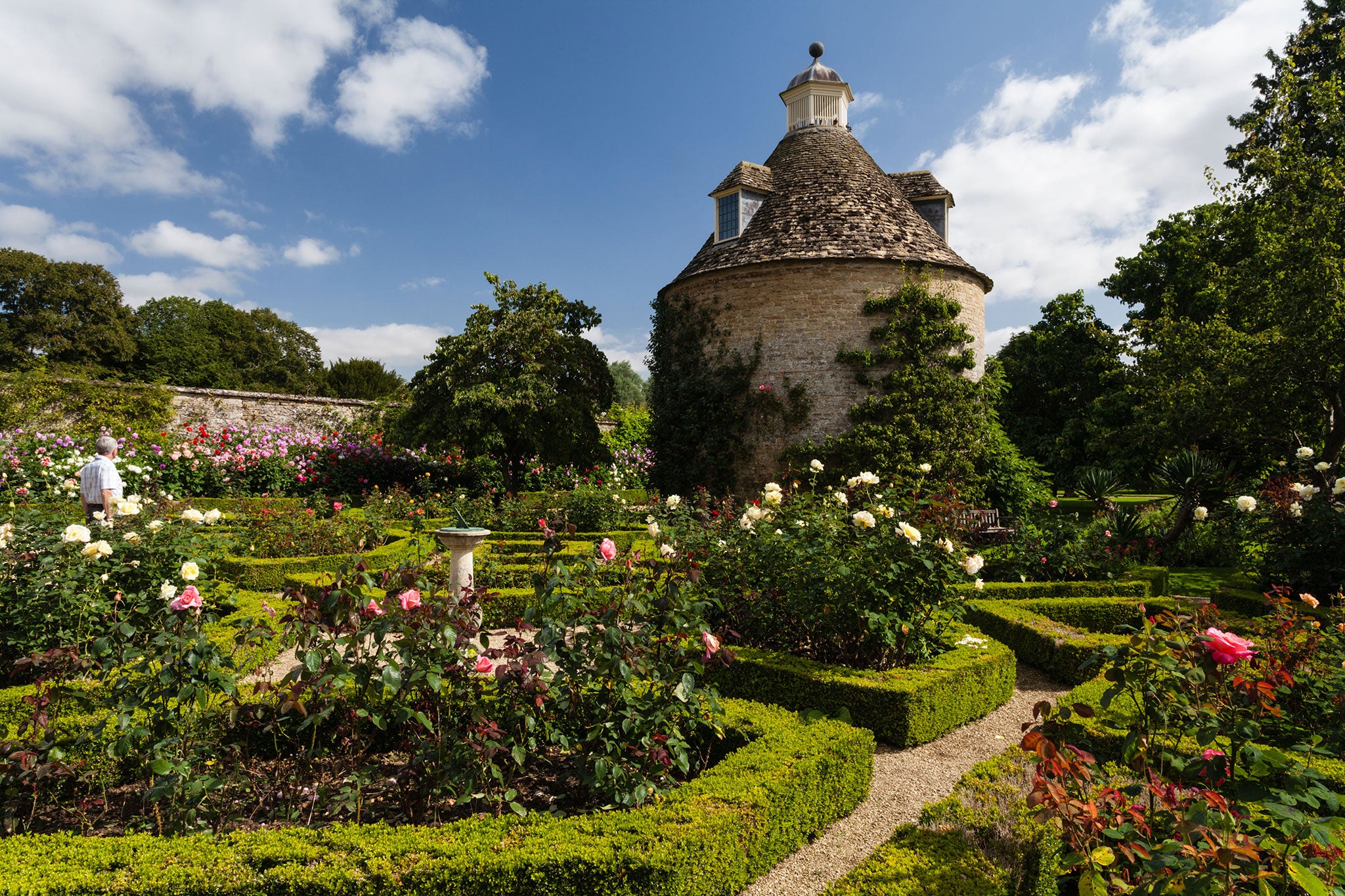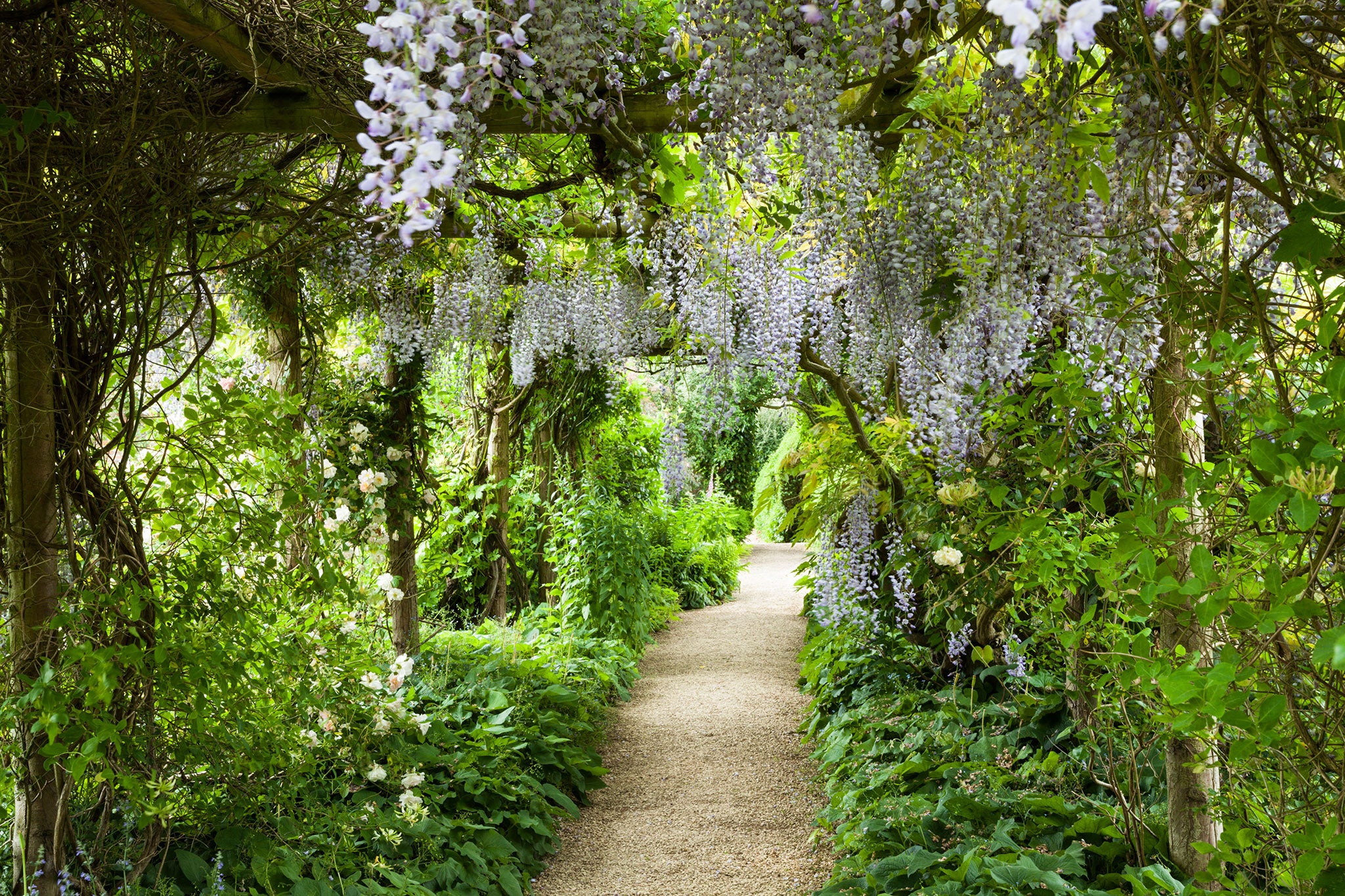Anna Pavord: Hotfoot it to Rousham House to appreciate William Kent's landscaping

The exhibition on William Kent, Designing Georgian Britain, closes tomorrow at the V&A museum in London. But to understand the genius of the man, you need to spend a day in one of his gardens (preferably Rousham), not trapped among his architectural drawings. And Rousham is open every day. Stand by the majestic Scheemakers statue at Rousham (a bloodthirsty subject: a lion attacking a horse) and gaze out over the river Cherwell to the peaceful landscape on the far side – a kind of promised land. Follow the sinuous rill out of the shady woodland down to the elegant octagon pool and marvel that Rousham still has magic, still has soul, still speaks to us of the man who had so much to do with its making.
Kent had genius, but he also had luck on his side. Born in Bridlington, Yorkshire, in 1685, he began his working life as an apprentice coach painter and ended it as pet architect and landscaper to the top Whig grandees of the age. One of his first benefactors was Burrell Massingberd, squire of Ormesby in Lincolnshire, who introduced Kent to the hugely rich Richard Boyle, Earl of Burlington and Cork, then making his first Grand Tour in Europe.
That was the meeting that mattered. For the rest of his life, Burlington remained his friend and benefactor and put Kent in the way of many lucrative commissions: painted ceilings, plinths for statues, bridges, garden buildings. Kent could make pretty drawings and cleverly managed to avoid ever having to tackle the boring part of his job. He was the concept man. It was somebody else's problem to work out how best to execute his ideas.
Fortunately, there were plenty of craftsmen skilled enough to execute Kent's concepts. His design for the south lawn and the Temple of the Mount at Holkham shows how, in their irregular shapes and serpentine lines, his gardens differed from the geometric style fashionable at the end of the 17th century.
Encouraged by Burlington, Kent became increasingly interested in garden buildings. The poet, Alexander Pope, was a fan, too, and Kent designed an extravaganza for Pope's estate at Twickenham. "All gardening is landscape painting," said Pope, and Kent showed it was true.
Rather than painting in two dimensions, Kent now used three. Woodland, smooth expanses of lawn, water, the contrasts of light and shade were his materials. Famously, his near contemporary, Horace Walpole, wrote that he "leaped the fence and saw that all nature was a garden". By 1734, Sir Thomas Robinson of Rokeby was writing to his father-in-law about "a new taste in gardening just arisen ... to lay them out, and work without either level or line". The celebrated gardens of Claremont, Chiswick and Stowe were now full of labourers, he said, already "modernising" expensive work by previous designers that had only just been finished there.

Labourers were also busy at Rousham, where Kent's employer was General James Dormer, a veteran of Blenheim, who after his brilliant military career sought "philosophic retirement" in the Oxfordshire countryside. Kent's work survives virtually unchanged at Rousham: the statues, the plunge pool, the Vale of Venus, the circuit walk, grottoes, glades, cascade, temples, serpentine rides. Even the cattle grazing the > park are period pieces: majestic longhorns, in summer wallowing in buttercups.
Rousham was the first place to embody Pope's concept of "calling in" the surrounding countryside to the garden. Distant prospects are borrowed and enhanced by eye-catchers, like the Gothic folly you see when you stand by the statue of the lion and the horse. Although he usually used classical buildings in his gardens, he turned to the more picturesque Gothic for distant buildings, such as the eye-catcher and the mill at Rousham. He never went Baroque. Burlington's circle associated Baroque with the decadent monarchies of the Continent. Rousham was conceived as a patriotic garden, a political garden, a celebration of Englishness.
To get the full Kent effect at Rousham, follow the circuit walk, already shown in an estate plan of 1738, drawn up by the steward and the head gardener, John MacClary. The walk takes you round the edge of the garden, where a ha-ha allows you to look directly out over the outer park and its fine trees. Tunnels of dark yew give on to light, grassy glades, where there might be a statue, or a spring, or a view, carefully framed by wings of trees on either side.
MacClary evidently loved the garden. "The prettiest view in the whole World," he wrote in a letter of 1750. By some miracle, the views are still there. Venus still presides over her Vale. Apollo, with his back to the garden, still broods moodily over the River Cherwell. Privately owned, by the same family that first brought it into being, Rousham has escaped into the 21st century, its spirit of place still intact.
The garden at Rousham House, Rousham, Steeple Aston, Oxfordshire OX25 4QU, is open every day (10am-4.30pm). No children under 15. No dogs. No shop. No tea room. Admission £5. The garden at Chiswick House, Burlington Lane, Chiswick, London W4 2QN is open daily (7am-dusk), conservatory open 10am-4pm. Admission free. William Kent also worked at Claremont Landscape Garden, Portsmouth Rd, Esher, Surrey KT10 9JG which is open (10am-5pm) daily until the end of October. Admission £7; and at Stowe, Buckingham, Bucks MK18 5EQ, open daily (10am-6pm) until 2 Nov. Admission £8.50
Join our commenting forum
Join thought-provoking conversations, follow other Independent readers and see their replies
Comments